The old saying goes ‘clothes make the man’, and it was Aberdonians that made the cloth for the Crombie coat every man wanted to be seen in.
From David Bowie, Winston Churchill and skinheads, to the wardrobes of royalty and the battlefields – Crombie coats have clothed the great and good for more than two centuries.
And the coat has been no stranger to the silver screen over the decades, having been worn by Cary Grant and, in more recent times, Daniel Craig as James Bond.
The Crombie coat, a three-quarter length wool overcoat, was synonymous with quality – and synonymous with Aberdeen.
Crombie founded near Aberdeen in 1805
So renowned, the word ‘Crombie’ entered the Oxford English Dictionary in 1951 as a noun “used to designate a type of overcoat, jacket, etc., made by J. & J. Crombie Ltd”.
From the mills of Donside to the trenches of the First World War, and the wardrobes of royalty and celebrities, the Crombie is an icon more than 200 years in the making.
And 219 years later, the Crombie has never lost its cool.
The name Crombie came from John Crombie, a 19th Century luxury cloth manufacturer in Aberdeen.
He first produced cloth at the Cothal Mills between Hatton of Fintray and Dyce on the picturesque banks of the River Don in 1805.
The mill’s finer knit of plaid fabric became very sought after by cloth merchants and tailors, and Crombie began to garner a reputation for quality cloth.
And in 1843, his son James joined the family firm, which became known as J&J Crombie Ltd.
Business boomed; tailors in London and couturiers in Paris were desperate for the cloth.
Crombie received accolades from Queen Victoria and Napoleon, and won prizes at the Great Exhibition of 1851.
To meet demand, the Crombies took over the Grandholm Works site at Donside in Aberdeen in 1859.
It became the largest mill of its kind in Scotland.
And by the mid-19th Century, the Crombie name was known around the world.
Merchant Thomas Blake Glover even took Crombie’s fine cloth to Japan where he befriended the emperor, earning the nickname ‘The Scottish Samurai”.
Crombie coats snapped up for Civil War soldiers
It made business sense to sell the cloth straight to tailors for garment construction.
But seeing the popularity of its fabrics for coats, Crombie began to produce branded labels for tailors to sew into coats – and the Crombie coat was born.
Crombie’s long reputation for robust, luxury cloth meant couturiers were only too glad to have the Aberdeen name in their garments.
However, the brand really took off through winning military contracts.
As a well-established business with huge mills in Aberdeen, Crombie had the edge over other global competitors during the American Civil War in the 1860s.
It had the ability to make the volumes of heavy, grey cloth needed for the Crombie coats worn by the Confederate Army.
Demand for the Rebel Grey cloth increased turnover by five-fold.
Crombie’s WW1 contracts kept Aberdonians in work
When Britain went to war in 1914, Crombie manufacturing turned to a war footing.
The profit margin for companies fulfilling these government contracts was slim – they weren’t a great earner.
But crucially, Crombie voluntarily took on lots of these orders to keep its Aberdeen workforce in employment.
It supplied countless miles of fabric for the British Army’s officers’ coats.
Known as the British Warm overcoat, one-tenth of all coats worn by British officers in the First World War were made with Crombie cloth.
The double-breasted coat was made from Crombie wool in Aberdeen and manufactured into coats in Leeds to keep men cosy in the trenches.
Grandholm Works produced one-million yards of cloth annually
Business continued to boom in the inter-war years, but by the late 1920s, the last of the original Crombie family members involved in the business had died.
The company became part of Illingworth Morris – at that time Britain’s largest woollen textile firm.
Come the Second World War, Crombie once again stepped up into military production for the British Army, but also the Royal Air Force.
Textiles was a reserved occupation, therefore Grandholm’s weavers were not called up to fight, but their war effort was just as important.
In 1943, Crombie supplied overcoats to 142,542 civilians, 12,042 US Army officers, 23,264 naval and RAF officers, and 90,450 soldiers.
The versatility of a Crombie meant it adorned the back of soldiers on the battlefields, but also wartime Prime Minister Winston Churchill as he strode out of Downing Street.
It was also the coat favoured by King George VI, the Queen’s father while on official business.
By the mid-20th Century, more than 1 million yards of cloth was produced at Grandholm Works annually.
Employees tended to work a five-and-a-half day week with only two weeks off in summer and public holidays.
Crombie was a status symbol for world leaders
A by-word for status and quality, the name Crombie wasn’t just applied to one coat, but any coat made from the Aberdeen cloth.
Coats could be single or double-breasted, they could have epaulettes, formal peak lapels or more relaxed notch lapels.
And despite being an inherently British garment made from Scottish cloth, the Crombie was loved by Tsarist Russia.
Decades later in December 1984, Mikhail Gorbachev made his significant and first official visit to Britain before becoming the leader of the Soviet Union – and he wore a Crombie coat.
But as well adorning world leaders, the Crombie became an icon of popular culture too.
In the Swinging Sixties, it helped give The Beatles their early, sharp suited and booted look.
By 1960, Crombie’s Grandholm Works was the biggest producer of woven tweed in the UK.
And it became part of the sleek image adopted by Mods, where clean lines and good tailoring was key.
But there was a practical element – the three-quarter-length Crombies meant Mods could still ride scooters without their coats getting caught.
The following decade, the coat was worn by skinheads who favoured vintage, pre-worn Crombies to compliment their cropped jeans and big boots.
After the boom followed the slump in 1980s
For the first time in 1985, Crombie began making its own ready-to-wear clothing in Leeds.
The intention was to protect the Crombie name right through from the cloth to the finished garment.
At this point, the firm still had an annual turnover of £10m.
But in 1986, the 600 workers at Grandholm found their hours cut as a short-term measure to combat a slump.
There was better news in 1989 when Crombie scooped a lucrative contract worth £4m to supply Russia with enough cloth to make 100,000 overcoats.
However, the deal turned sour and Crombie didn’t receive a large portion of the money owed.
The workforce of 350 was cut by a fifth.
1989 also saw Crombie hit the silver screen when Jack Nicholson’s Joker wore a Crombie coat in Batman.
It was also the year the mill manager Stanley Milton retired having spent his whole 50-year career at Grandholm Works.
He was made MBE for services to textiles in 1987 as well as services to the community.
Closure announcement stunned staff in Aberdeen
But by 1991, the recession hit Crombie hard. On May 31, Crombie announced the closure of its Grandholm Works.
Its parent company Illingsworth Morris confirmed production would move from Aberdeen to a mill at Langholm in Dumfries and Galloway.
The announcement stunned staff and politicians.
Chairman Alan Lewis explained that at Grandholm, Crombie solely made woollen cloth, the move would help the firm diversify into lighter worsted fabrics like fine cashmere.
A viability study found the 35-acre site at Grandholm and the “vast number of separate buildings” unsuitable for modern production.
Despite the economic climate he was optimistic about the company’s future, just not in Aberdeen.
Mr Lewis said: “I think Crombie is a very, very important Scottish name and our major concern is to protect that quality recognition.”
It seems apt, therefore, when Scottish actor Peter Capaldi took on the role of Doctor Who in 2013, his incarnation wore a Crombie coat.
In 2022, Crombie was taken over by new custodians and continues to sell coats internationally.
Although the Crombie name is gone from Aberdeen, the spirit of Aberdeen still lives on in Crombie coats.
If you liked this, you might enjoy:
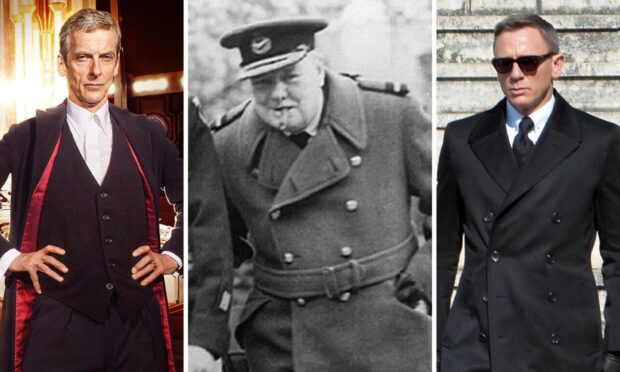

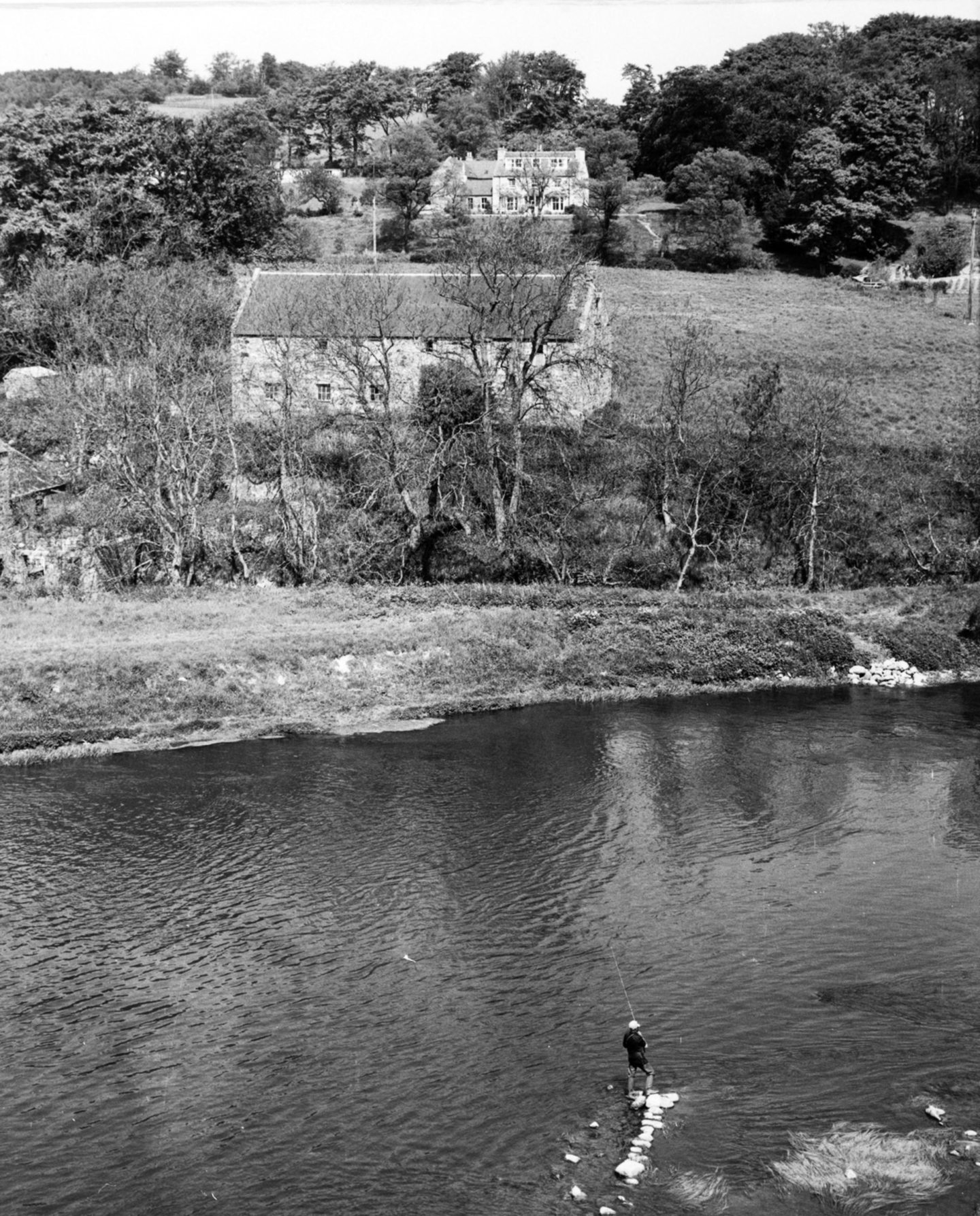
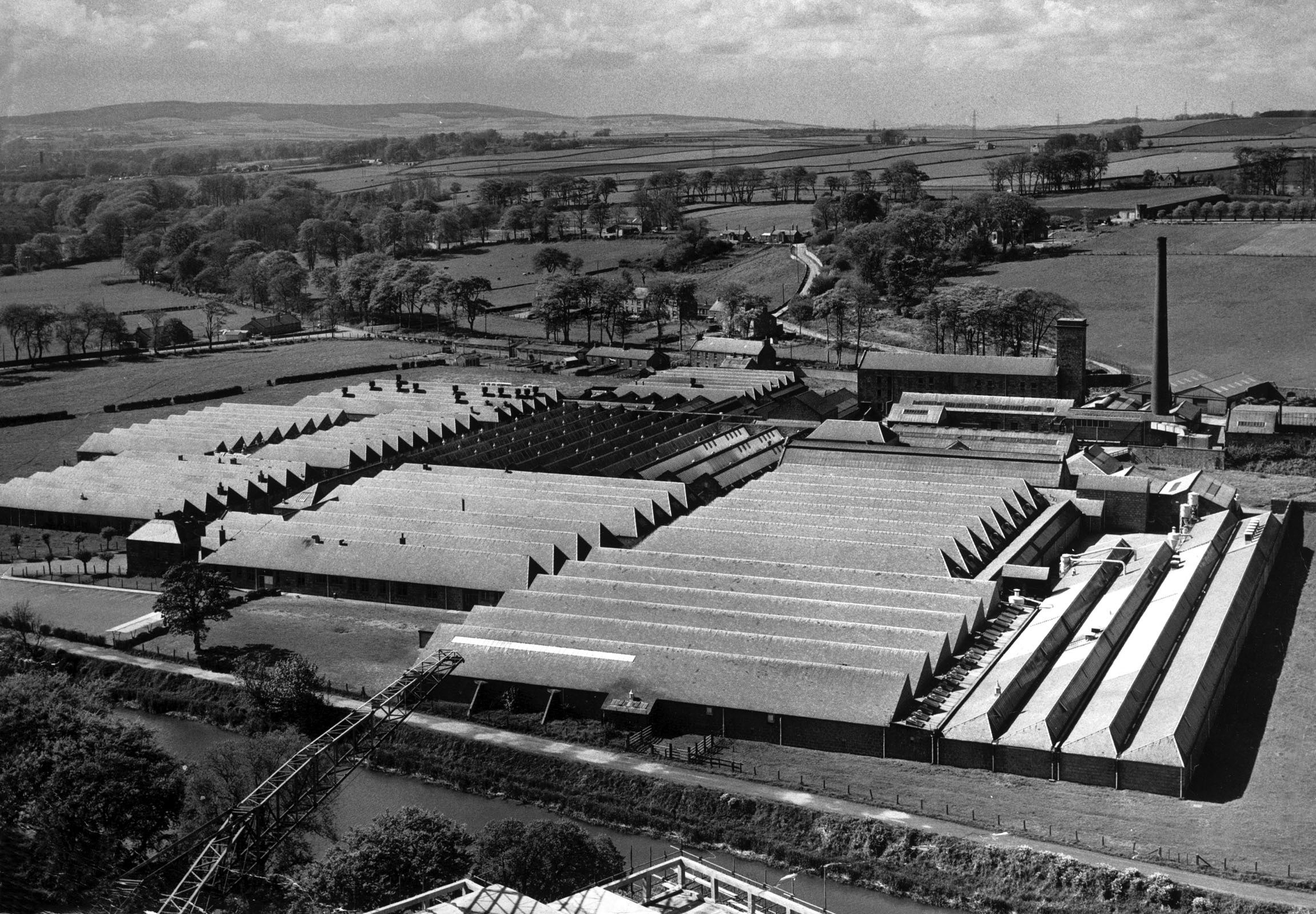


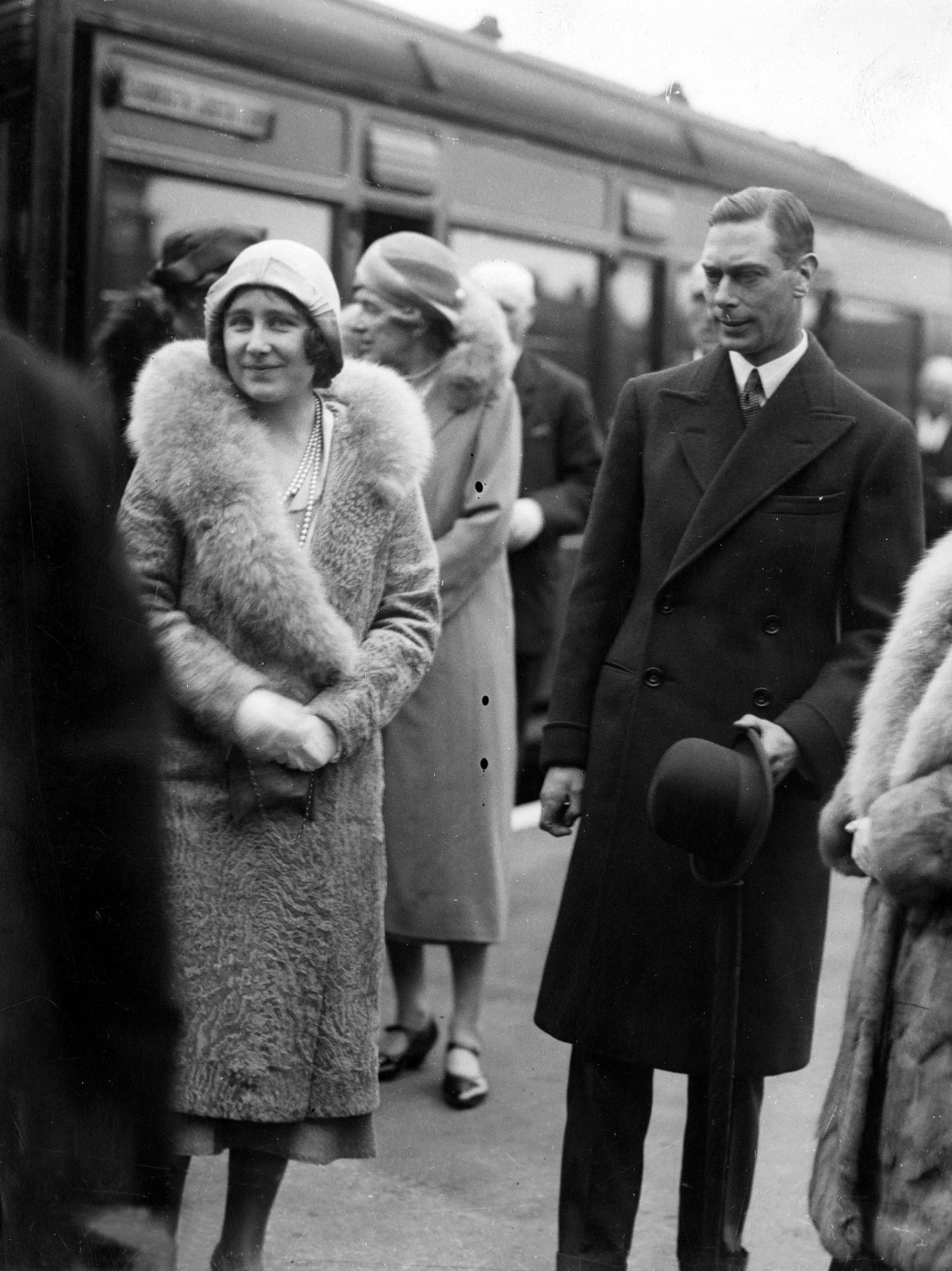
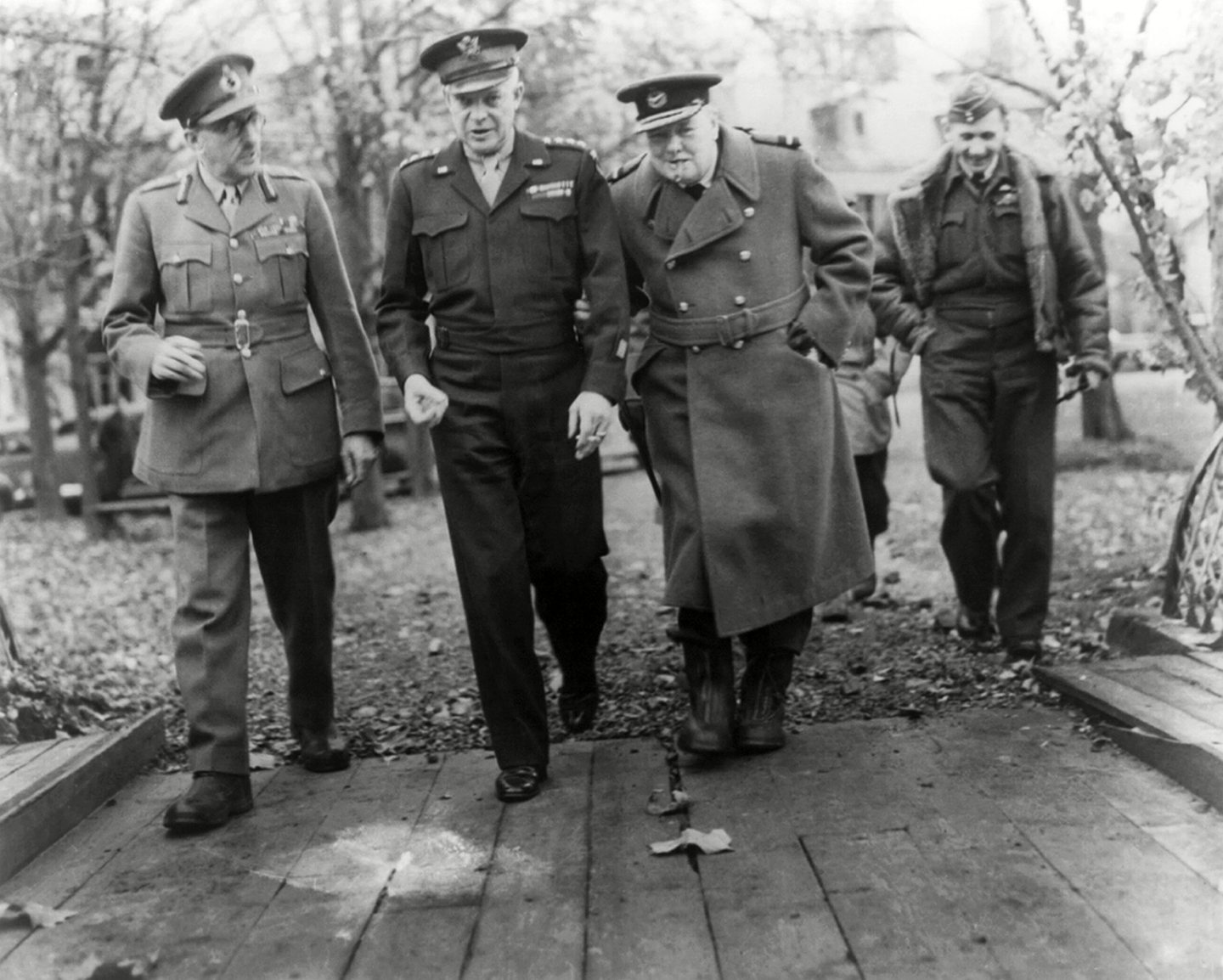
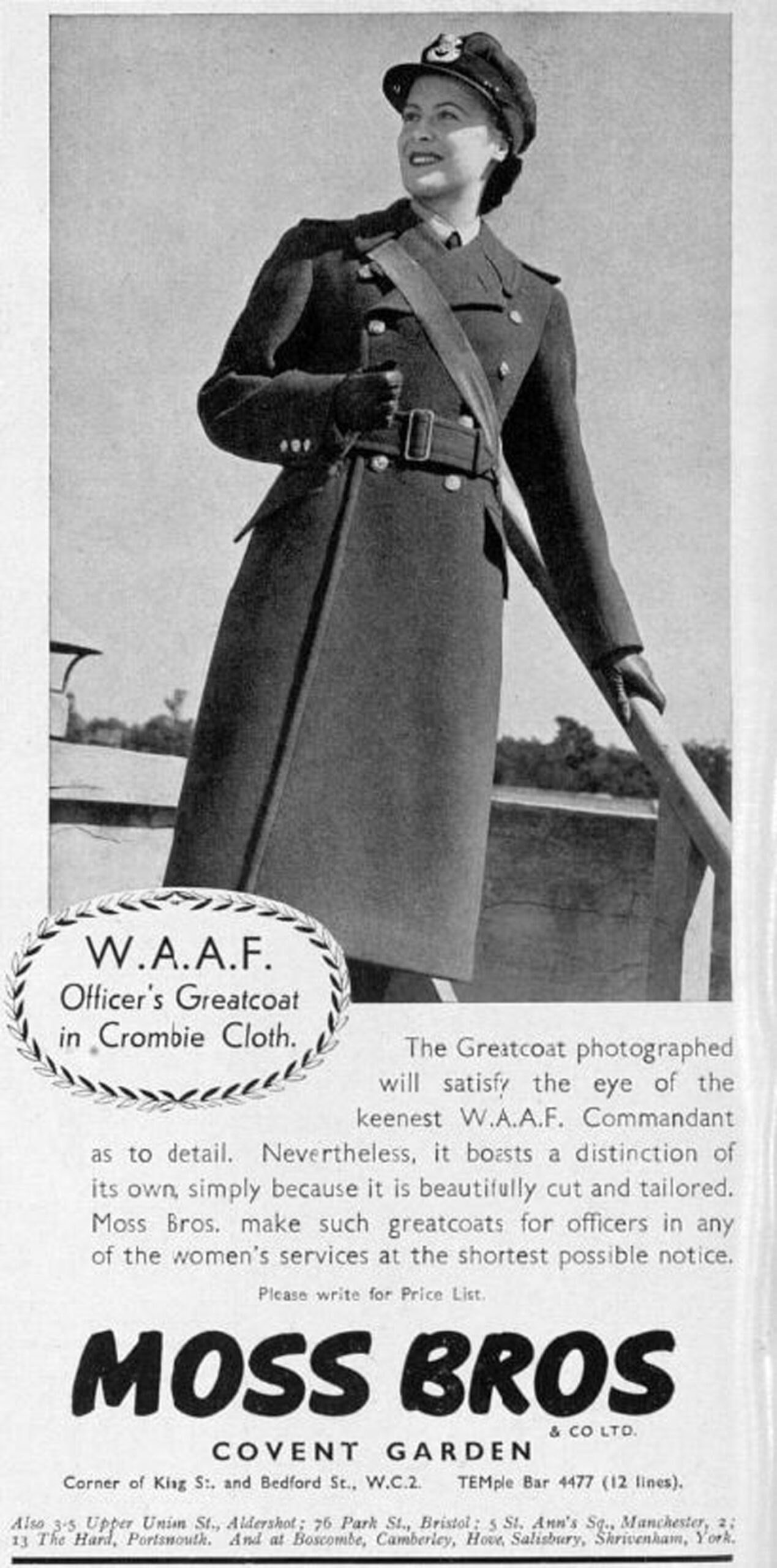
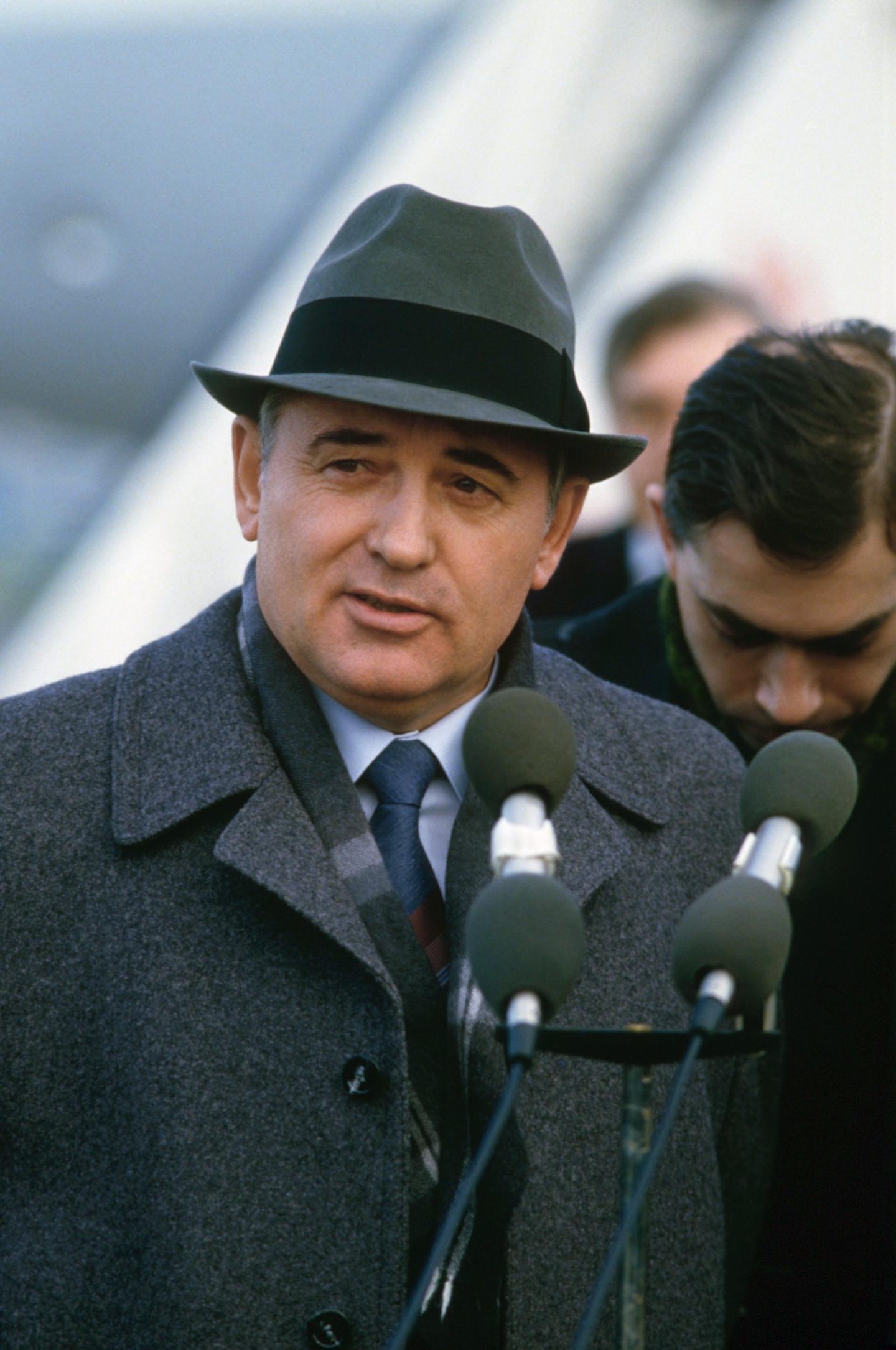
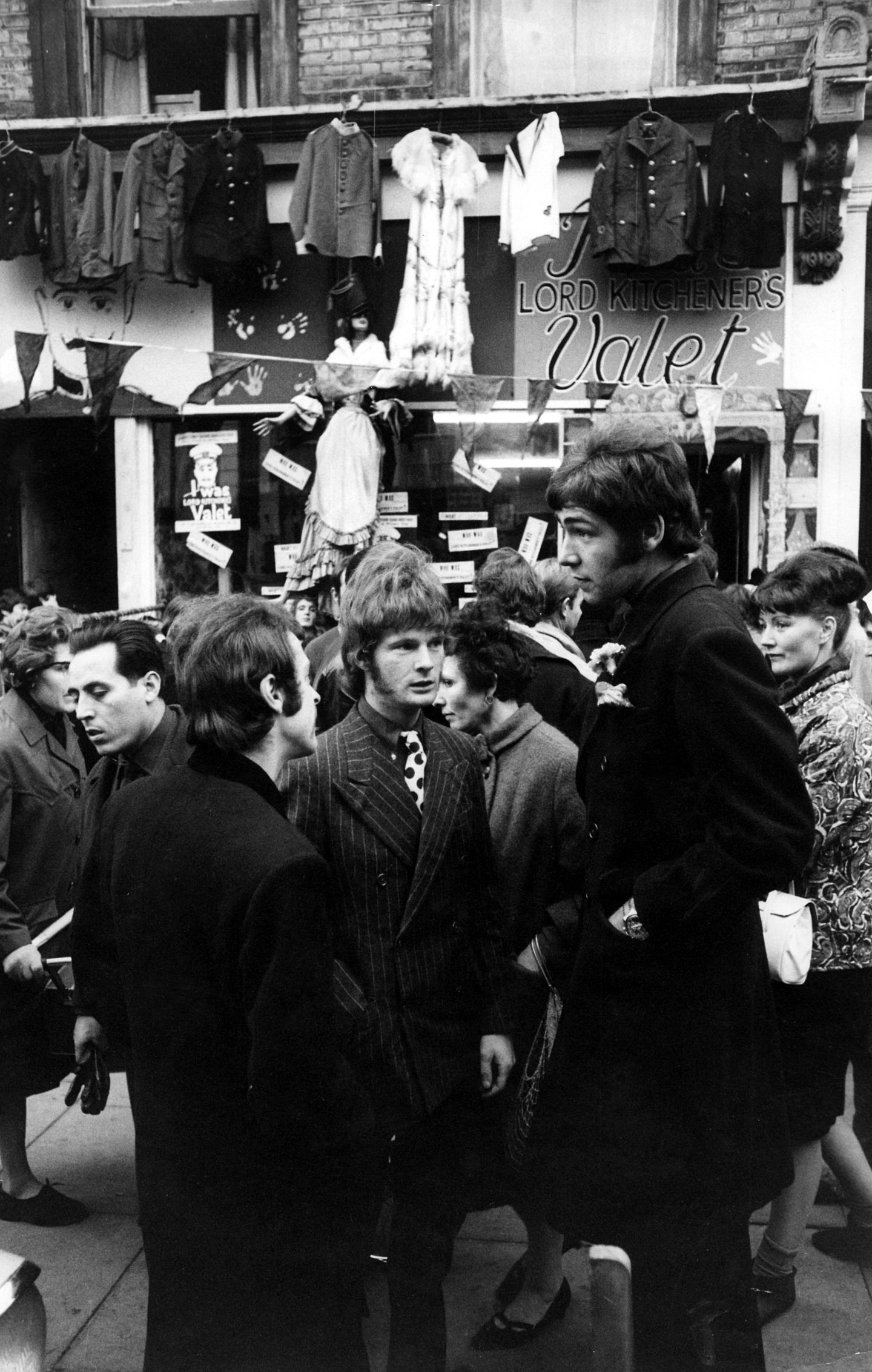
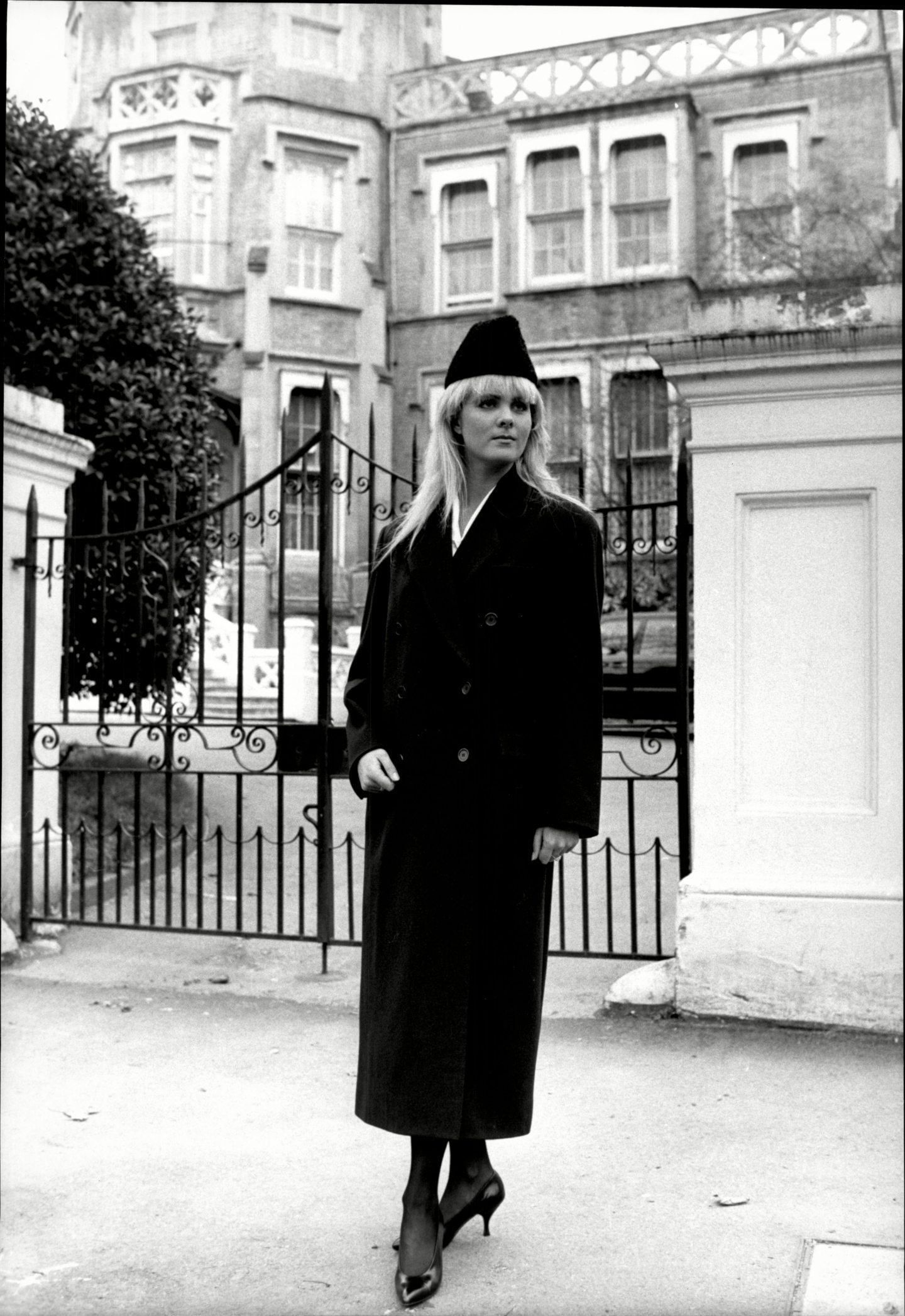
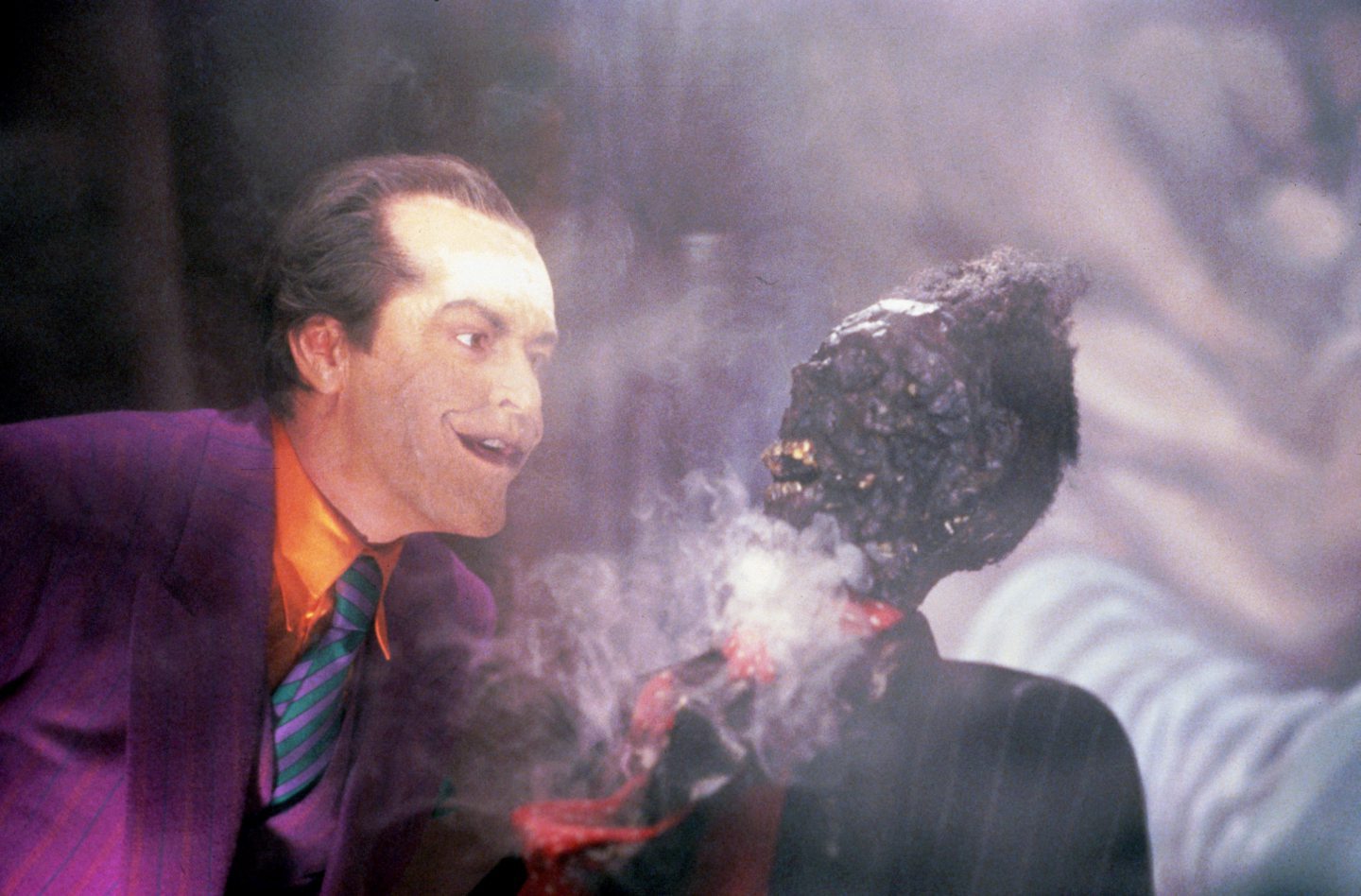

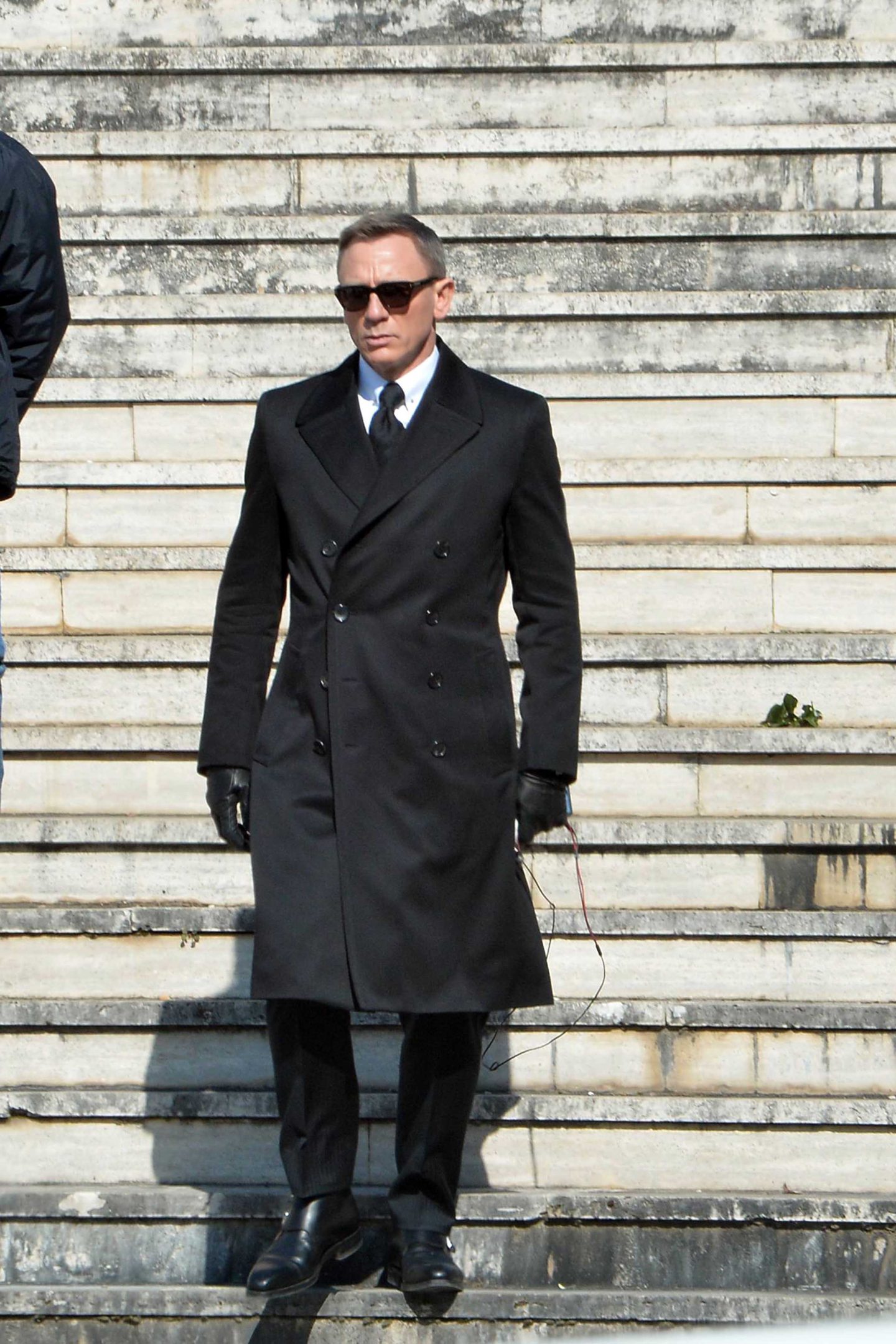
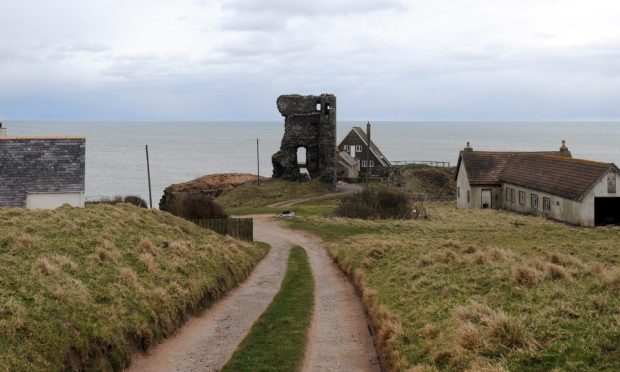

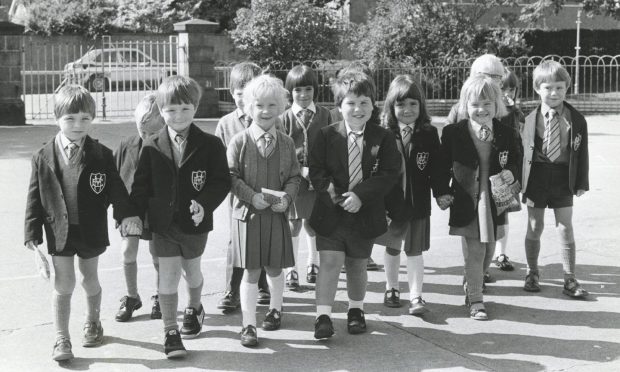
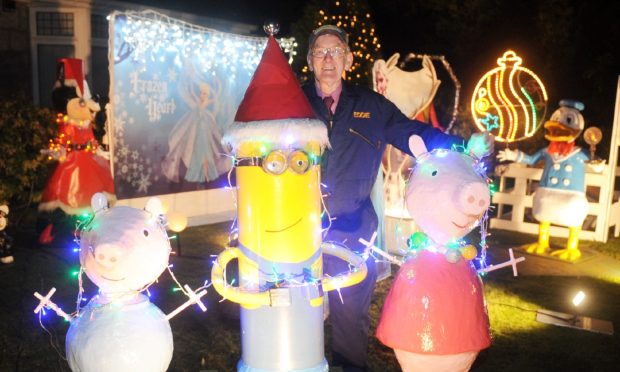
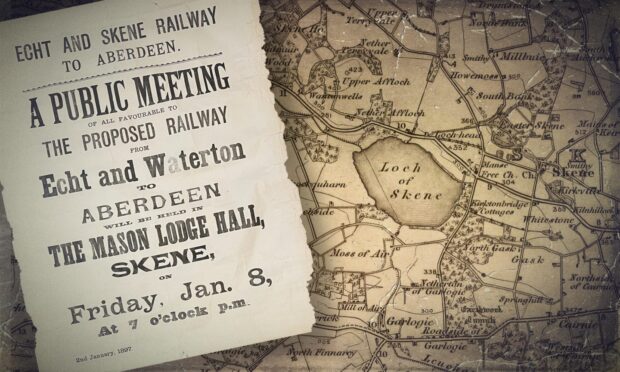
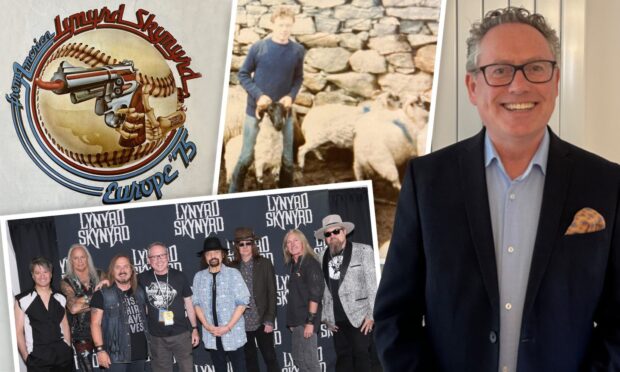
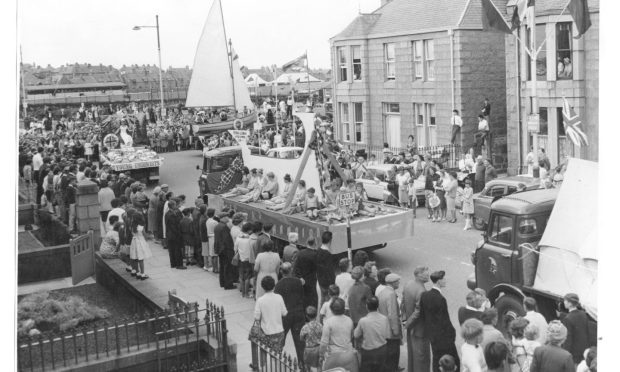
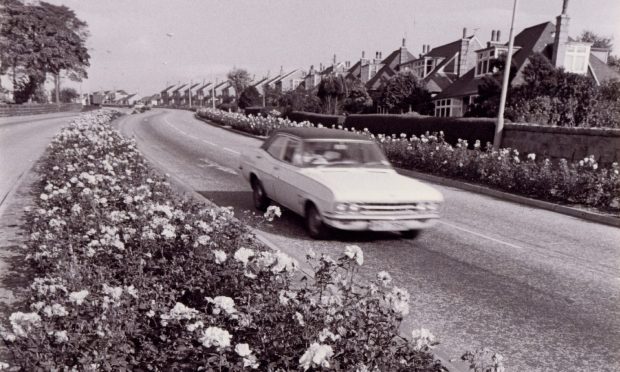
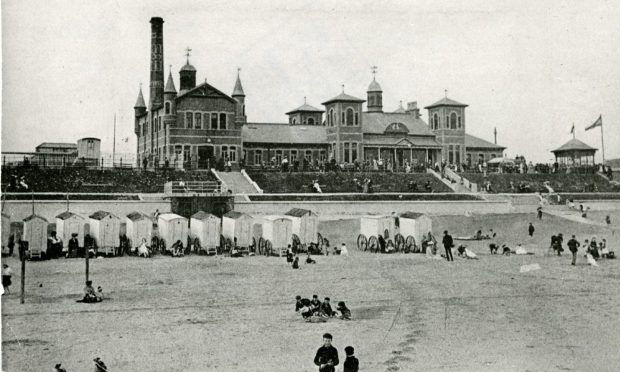
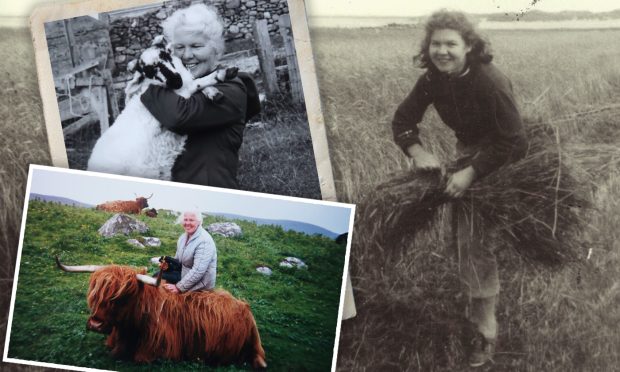
Conversation